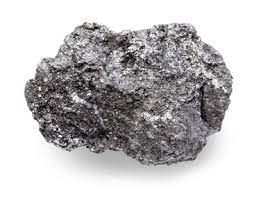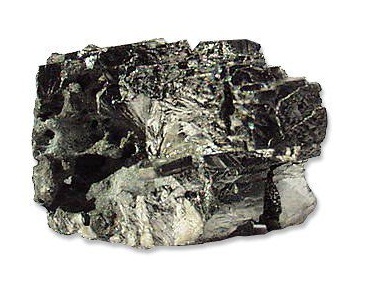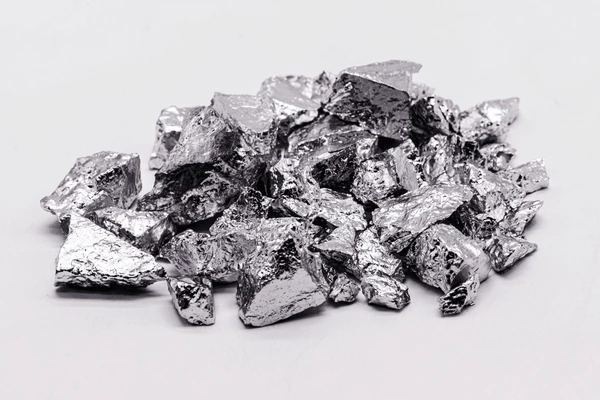Zinc: The Galvanizing Guardian of Corrosion Resistance
Zinc, a lustrous silver-white metal, might not be in the daily spotlight, but its contribution to our modern world is significant.
From protecting steel structures to powering batteries and fueling diverse agricultural applications, zinc plays a vital role in countless industries. Let’s explore the intricacies of zinc, delving into its sources, applications, and key considerations for international traders and buyers.
Description:
Zinc primarily exists in zinc sulfide ore, commonly known as sphalerite. Extracting the metal involves a multi-step process, including mining, crushing, milling, and either flotation or pyrometallurgical methods. Zinc content in ore varies between 3% and 20%, impacting processing costs and overall yield.
Key Source Countries:
- China: The world’s leading producer, boasting vast zinc reserves and established mining operations. Over 40% of global zinc production originates from China.
- India: Second-largest producer, contributing around 15% of global output. Key production regions include Rajasthan and Gujarat.
- Peru: Holds approximately 10% of the global market share, with major production areas like Cerro de Pasco.
- Australia: Significant producer, accounting for over 8% of global output. Queensland and New South Wales hold extensive zinc deposits.
- Other notable producers: Mexico, Bolivia, the United States, Kazakhstan, and Canada contribute to the remaining global production.
World Output Volumes:
Global zinc production reached approximately 14 million tonnes in 2023, showcasing steady growth over the past decade. China remains the dominant force, while other major producers continue to expand their operations. Fluctuations in demand and supply dynamics, particularly from China, can cause price volatility.
Major Producers and Market Share:
- Glencore: The world’s largest producer, controlling roughly 15% of the global market. Operates extensive mines in Peru, Australia, and Kazakhstan.
- Vedanta Resources: Indian company with significant zinc production in India and Zambia, holding approximately 8% of the global market share.
- MMG Limited: Australian mining giant, accounting for around 7% of global output. Focuses on high-grade zinc deposits and efficient production processes.
- Nyrstar: Leading zinc smelter and producer, contributing around 6% of the global market. Operates mines and smelters in Europe, Canada, and Australia.
- Other major producers: Teck Resources, Boliden AB, Trepca, Freeport-McMoRan, and numerous smaller players contribute to the remaining market share.
Forms of Trade:
Zinc is primarily traded in two forms:
- Zinc ingots: Large, refined blocks of pure zinc (over 98.5% zinc content). Used as raw material for downstream processing into various products.
- Zinc alloys: Zinc combined with other metals like copper, aluminum, or magnesium for enhanced strength, corrosion resistance, or specific properties. Used in die-casting, brass production, and other applications.
Price Trends (Past 5 Years):
Zinc prices have experienced notable fluctuations over the past five years:
- 2019: Prices hovered around $2,500 per tonne due to balanced supply and demand.
- 2020: Pandemic disruptions caused a decrease to around $1,800 per tonne before recovering moderately.
- 2021: Surging demand for galvanized steel and infrastructure projects pushed prices to over $4,000 per tonne.
- 2022: Prices corrected downwards to around $3,500 per tonne due to concerns about slowing global growth and rising energy costs in China.
- 2023: Prices maintained some volatility, ranging between $3,200 and $3,800 per tonne, influenced by geopolitical tensions and the pace of economic recovery.
Major Importing Countries:
- China: While being the top producer, China also imports significant volumes of zinc (around 10% of its consumption) to meet its growing domestic demand for galvanized steel and other applications.
- United States: Major importer, primarily relying on Canada and Mexico for its zinc supply.
- European Union: Collectively a significant importer, driven by demand in the construction and automotive sectors.
- India: Growing domestic demand necessitates substantial zinc imports, mainly from Australia and the Middle East.
- Southeast Asian countries: Rapid industrialization has increased zinc demand in countries like Vietnam and Thailand.
Major Exporting Countries:
- Australia: Significant exporter, accounting for approximately 20% of global zinc exports.
- Peru: Major exporter, contributing around 15% of global zinc trade.
- India: Exports around 20% of its zinc production, playing a key role in global supply
Considerations for International Traders and Buyers of Zinc:
Navigating the zinc market requires careful consideration of various factors due to its crucial role in construction, manufacturing, and diverse applications. Here are some key points for international traders and buyers:
Demand Fluctuations:
- Galvanized steel: Monitor trends in construction and infrastructure projects, key drivers of galvanized steel demand and consequently zinc consumption.
- Emerging economies: Growing industrialization in Southeast Asia and other regions can create new demand opportunities.
- Battery applications: Stay informed about the evolving zinc-air battery technology and its potential impact on future demand.
Supply Chain Disruptions:
- Geopolitical tensions: Disruptions in major producing countries like China or Peru can impact supply and prices.
- Infrastructure limitations: Inadequate transportation infrastructure in some regions can hinder efficient export capabilities.
- Environmental regulations: Stringent regulations on mining and smelting can affect production costs and potential supply disruptions.
Quality Variations:
- Zinc content: Understand the exact percentage of zinc (typically ranging from 98.5% to 99.9%) to ensure it meets downstream processing requirements.
- Impurities: Analyze the presence of impurities like lead, iron, and cadmium, as they can influence the metal’s suitability for specific applications.
- Form and specification: Choose between zinc ingots, billets, sheets, or specific alloy compositions depending on your end-use needs.
Price Volatility:
- Hedging strategies: Employ hedging instruments like options and futures contracts to mitigate price fluctuations, especially for long-term projects.
- Market analysis: Track key economic indicators and industry trends to anticipate potential price movements.
- Cost flexibility: Factor in potential price volatility when calculating project costs and margins.







